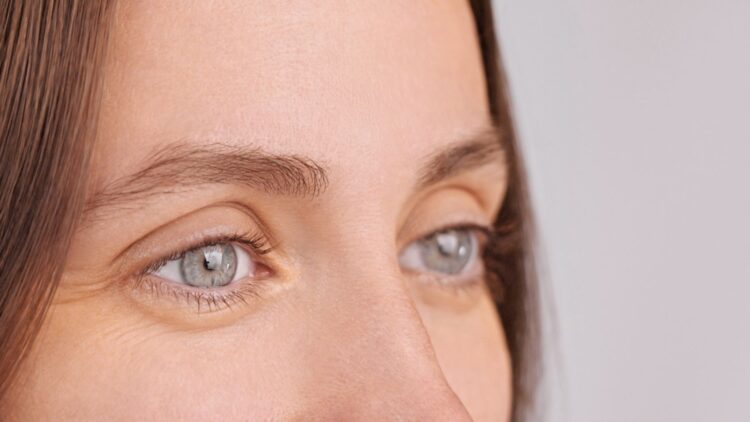Non-verbal communication is an integral part of how humans interact with each other, and a big way in which we show our emotions is eye contact. Of course, there are plenty of ways in which this eye contact can communicate feelings, and knowing how to interpret these looks is also a key part of our experience.
But it can be hard to know which emotions are transmitted through eye contact, not everyone is exactly the same, and our past experiences shape both the way we use eye contact as well as the ways we interpret it. After all, eye contact can tell us a lot about the emotional state, the personality and the emotions of the person in front of us, but if we do not know that it is telling us, they might as well forego the experience and just talk.
What does making eye contact really mean?
Well, again cultural and emotional context play a huge role in any conversation, and so they are also the key to unlocking the meaning of eye contact. Clinic Psychologist Robert A. Lavineis is quick to point out that direct visual contact only happens about 3% of the time during casual conversation. What this translates to in the real world is that, if someone is constantly maintaining or trying to maintain eye contact during these types of chats, they are trying to communicate something else.
It can be a lot of things, if you are on a date it could be a conscious way to show interest and attraction, during hard times it can show as a sign of unwavering support and trust, and in an unpleasant conversation it can be used to intimidate and pressure or as a show of strength. And although these contexts are quite clear and you will rarely be on a date with someone who is threatening you, there are a lot of more ambiguous contexts in which it is useful to have a bit more skill to navigate.
Paula Martínez Barral, a psychologist with a master’s degree in cognitive neuroscience from the University of Granada, is an expert on figuring out what eye contact can mean and how to interpret the nonverbal cues that will help regular people get better at nonverbal conversations.
For example, according to her an intense and prolonged look without blinking at all can reflect defiance or control, regardless of the tone that is being used in the conversation. But, if this same look is accompanied by eye brow movement and leaning in, it can be a sign that the person is interested in you (romantically or not) and that they are looking to make an emotional connection. If the person looking at you is blinking a lot, that can show nerves or the fact that they are uncomfortable.
But there is more to it than just eye contact, if you truly look into a person’s eyes you can find out a lot about their emotions. Dilated pupils can mean interest and attraction (or drug use) as it is an involuntary reaction of the body. Another common expression is squinting, which often occurs when someone is defensive or distrustful. This type of gesture denotes an alert attitude and, in certain contexts, can be interpreted as a person expecting to be attacked or criticized.
Furthermore, averting or holding eye contact does not always have the same meaning. Therefore, it’s important to consider the environment, the relationship between the people involved, and the gestures that accompany eye contact. Some people avoid eye contact for various reasons, some of them are:
- Nervousness in an anxiety-inducing situation (an interview, a date, etc.).
- Lack of trust with the other person.
- Desire to end an awkward conversation.
- Information processing, when a person needs to focus on what they’re thinking.

